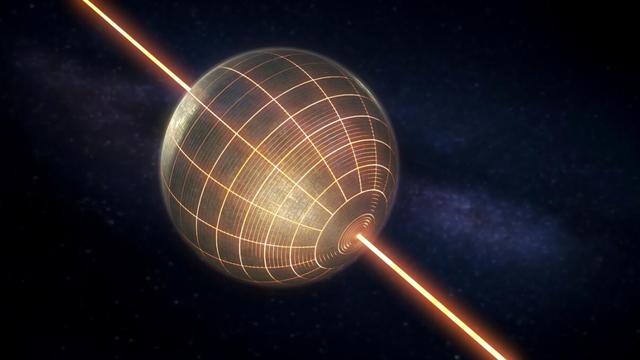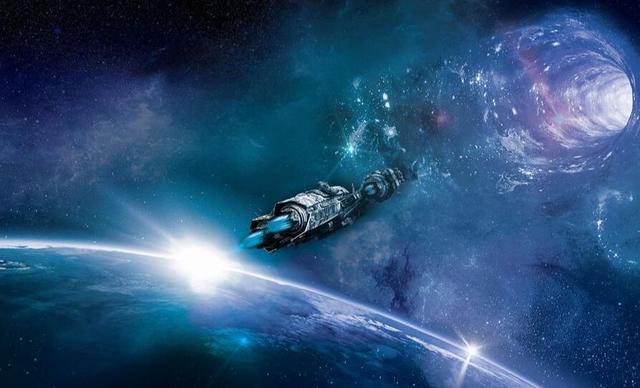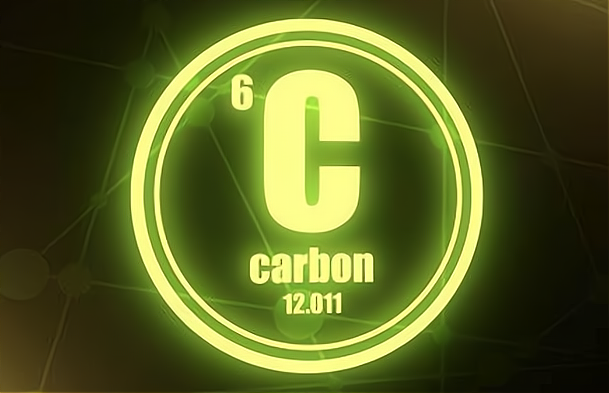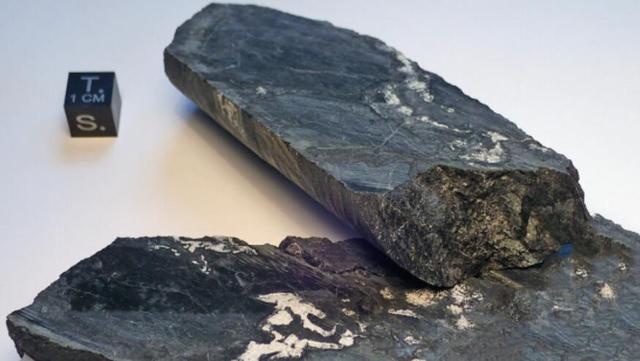- Beauty
If someone asks the question, are humans alone in the universe? I believe that most people would answer in the negative. In fact, the scientific community also generally agrees that there are a large number of intelligent civilisations in the vast universe, some of which may even be far ahead of our civilisation, and in order to better describe the technological level of intelligent civilisations in the universe, scientists have also proposed the concept of "Cosmic civilisation levels".
The higher the level of technology, the greater the energy consumption, and therefore "Energy consumption" Can be used as an important indicator of the level of technology of an intelligent civilisation.
As early as 1964, the astronomer nikolai kardashev divided the possible intelligent civilisations in the universe into three classes, stating that a class i civilisation could control planetary-level energy, a class ii civilisation could control stellar-level energy and a class iii civilisation could control galactic-level energy.

In the following years, the astrophysicist carl sagan built on this foundation and came up with the widely used formula for the "Cosmic civilization index", "K = (log10p - 6)/10" ( "According to this formula, the power of a level 1, level 2 and level 3 civilization in the universe is 10^16w, 10^26w and 10^36w respectively.
In comparison, the power of human beings is about 2 x 10^13w, which means that we are only a level 0.73 civilisation, a long way from a level 1 civilisation, but we are still optimistic that in the near future we will reach a level 1 civilisation, and if we give it time, a level 2 civilisation is not impossible (as for a level 3 civilisation, forget it for now). We are still optimistic that in the near future mankind will reach the first level of civilization and, if we give it time, the second level.)

However, the power of a level 2 civilisation in the universe is as high as 10^26w, which means that humans would have to increase their power by a factor of 5 trillion from the current level to reach the level of a level 2 civilisation. Where does such a huge amount of energy come from? The most powerful source of energy in the solar system, of course - the sun.
The sun accounts for 99.86% of the mass of the solar system and has a power of 3.8 x 10^26w, which means that humans would only need to be able to collect and use a fraction of the energy released by the sun in order to reach the standard of a level 2 civilisation.
This is where we come to the "Dyson sphere", a concept developed by physicist freeman dyson (in 1960), who believed that a highly technologically advanced intelligent civilization would inevitably use a lot of energy from a star, encasing it in some kind of giant artificial structure and using it to capture most, if not all, of the star's energy.

These giant artificial structures were called "Dyson spheres" And were later used as a symbol of a second level civilization.
"It is true that a dyson sphere could harness the energy of a star very efficiently, but the problem is that building a dyson sphere is a very difficult task, first and foremost because of the source of materials. An artificial structure that could encase the sun would have to be larger in diameter than the sun, which would undoubtedly require an enormous amount of material.
Even if we could find enough materials, we would still face many difficult problems, such as the strength and durability of the materials themselves, the stability and high temperature resistance of the "Dyson sphere" Structure, the collection, storage and transmission of solar energy, the daily maintenance and renewal, etc.

Of course, the so-called "Insurmountable" Is only for the current level of human technology. Perhaps when humans reach the second level of civilization in the universe, their technology will be so advanced that they can solve all the problems they may encounter in building the dyson sphere.
But even if that were the case, humans in the future would not necessarily build a dyson sphere, because with enough technology, humans would be able to harvest a lot of energy from the sun by simpler means than a dyson sphere.
Consider this: Suppose there is a roaring bonfire and we want to collect and utilise its energy efficiently, what should we do? Should we build an energy harvesting device next to the fire? The right thing to do would be to take the fuel from the bonfire and use it when needed.
In this way, humans could also take the sun's "Fuel" And use it when they need it, as long as they take enough of it and have the ability to "Light it up". The same great energy can be obtained if enough "Fuel" Is taken and the ability to "Ignite" It.

The sun's energy comes from nuclear fusion reactions, and most of its "Fuel" Is in fact the simplest hydrogen nuclei, i.e. Protons, so as long as humans are able to build giant spaceships that can collect matter on the sun, and master proton-based controlled fusion, there is a constant flow of huge amounts of energy from the sun.
Although this way of harvesting energy from the sun may seem difficult, it is much simpler than building a dyson sphere and should be possible by the time humanity reaches a second level of civilisation.
It is worth noting that, because of the radiation layer, the hydrogen in the outer layers of the sun does not enter its core reaction zone, which means that during the sun's main sequence phase, it will only consume hydrogen from its core, but in this case it will take 5 billion years before the sun's core is depleted.

Why can the sun "Burn" For so long? The reason is that the sun is so big that scientists estimate that it has a mass of about 200 billion billion tons, of which about 73.46% is hydrogen, a huge "Fuel bank" That would last for a long, long time.
On the other hand, the more massive a star is, the more intense the nuclear fusion at its core, and the shorter its 'lifetime', so that the massive stars in the universe usually have a 'lifetime' of only a few million years, while those with the "Long-lived" Stars are invariably small-mass stars.
It is conceivable that if future humans were able to take material directly from the sun, the sun's mass would gradually decrease, and if humans were to stop at a certain point (between 8% and 45% of the sun's original mass), the sun would evolve into a very long-lived depending on its mass, it could have a "Lifetime" Of at least tens of billions of years, and up to trillions of years.







